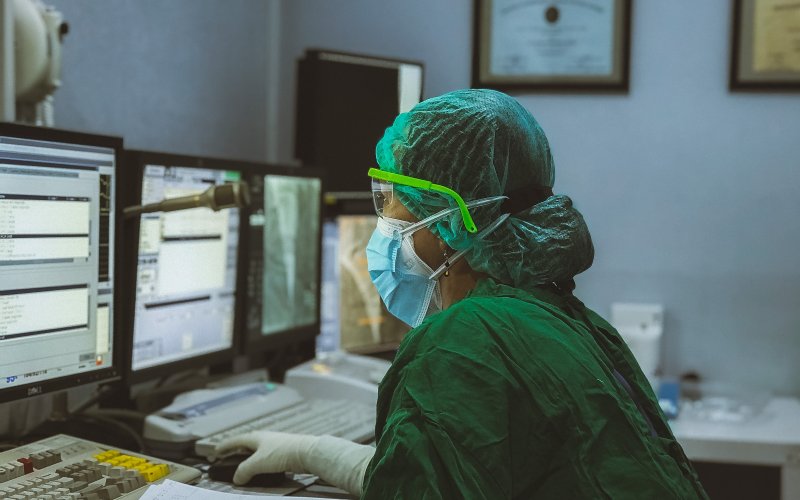Service-Obligated Program Providers Help Address Health Worker Shortages in New York State

ALBANY, N.Y. (June 14, 2023) — The Center for Health Workforce Studies (CHWS) at the University at Albany’s School of Public Health released a new report — Service-Obligated Providers in New York State — that shows how service-obligated programs are helping fill critical health care gaps in underserved regions across New York State.
The report maps where health care professionals who received incentives, such as loan repayment, are fulfilling their service obligations, and includes regional breakdowns by provider type and programs utilized.
Between 2020 and 2022, the number of health care providers participating in service-obligated programs in New York has increased by 33%, according to the report.
“Service-obligated providers are instrumental in providing health care services to New York State’s most vulnerable populations, including those living in inner-cities and rural areas,” said Robert Martiniano, senior program manager at CHWS and lead author on the report. “It is vitally important that health care organizations in New York State continue to utilize these programs to ensure access to care for the underserved.”
While New York State has a relatively abundant total supply of health care professionals, they are not well distributed geographically. There have been longstanding concerns about uneven access to health care services in the state, particularly for vulnerable populations, including people from historically minoritized communities, the elderly, residents of rural or inner-city communities and Medicaid beneficiaries.
One factor that contributes to these disparities is the lack of available health care providers in high need areas — often referred to as health professional shortage areas. These shortages of health providers have increased since the COVID-19 pandemic.
To expand access to health services in underserved communities, federal and state agencies have developed “service-obligated programs,” which assist health care organizations in recruiting and retaining health care professionals by providing scholarships, loan repayment, J-1 Visa waivers or other incentives to providers in exchange for obligated service in federal or state designated shortage areas or facilities.
The CHWS report finds that nearly one-third of the state’s service-obligated providers are physicians. Forty-five percent work in primary care and nearly 42% are behavioral health providers. Forty-four percent currently practice in New York City.
“Service-obligated programs target federal and state shortage areas and facilities for provider recruitment,” said Nafin Harun, project director at CHWS. “We need to maintain these shortage designations to ensure that all New Yorkers have appropriate access to health care services.”
The new report, and other CHWS research briefs, can be found at www.chwsny.org.




